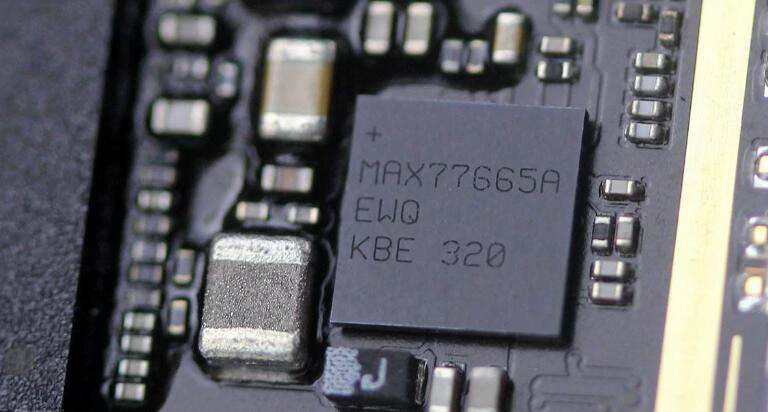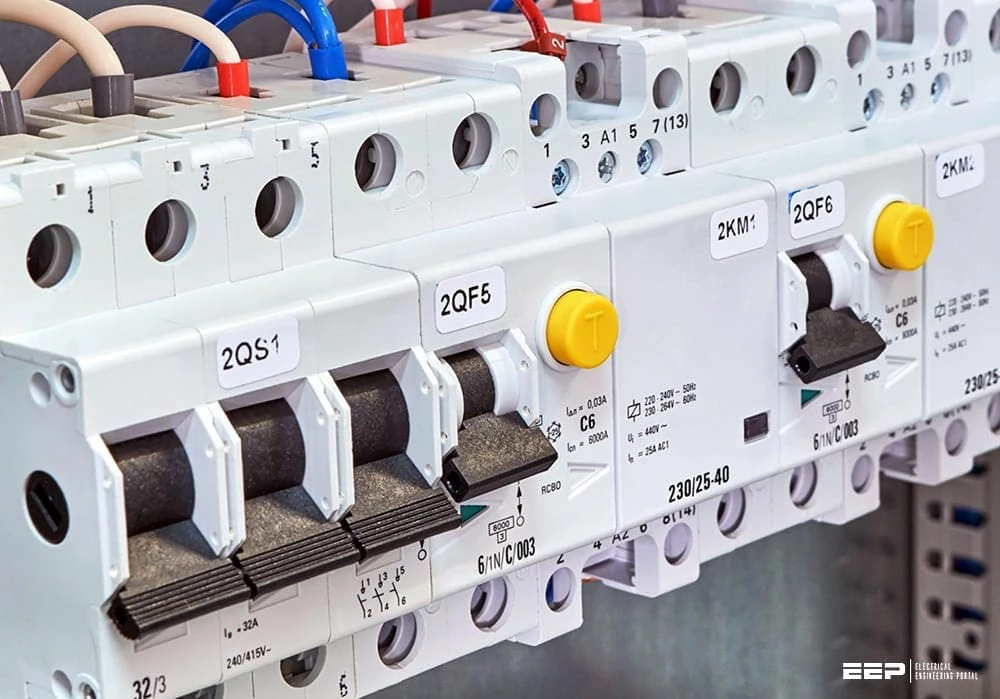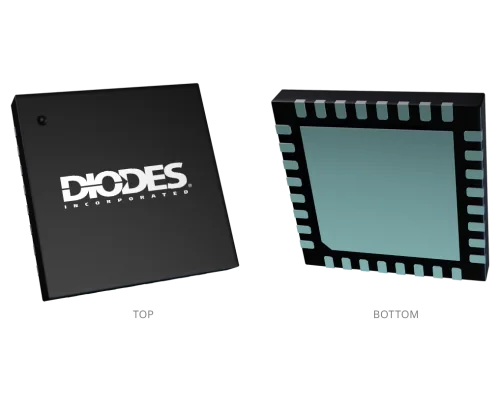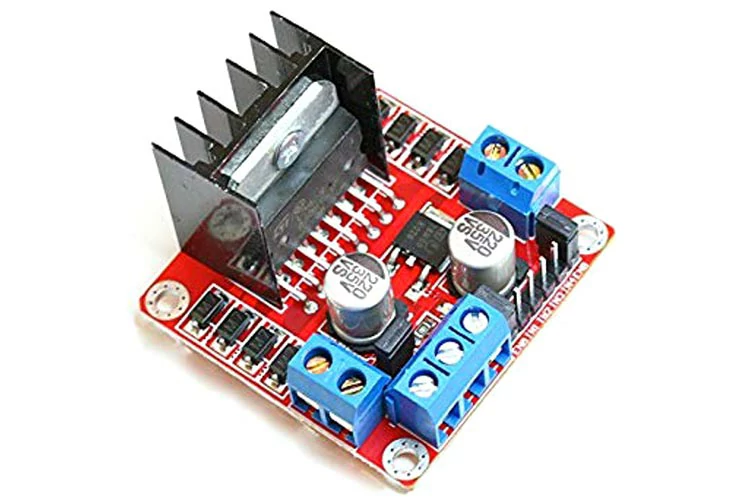The paper introduces the temperature protection of DC charging pile...
The introduction of Boost converter in DC charging pile power management chip
The Boost converter in the DC charging pile power management chip is a key power conversion component, which is responsible for converting the lower DC input voltage into the higher DC output voltage to meet the high voltage output demand of the charging pile. The following is a detailed introduction to the concept, role and working principle of the Boost converter:
Main component
Concept:
A Boost converter, also known as a boost converter, is a DC-DC (DC-DC) converter whose core function is to increase the voltage of the power supply. This converter is usually composed of an inductor, a switch (usually a MOSFET), a diode and a capacitor, and the output voltage is adjusted by the PWM (pulse width modulation) control mode of the switching tube.
Function:
1. Voltage Boost: Boost converters can boost lower input voltage to higher output voltage, which is crucial for DC charging piles that require high voltage power supply. 2. Current control: By adjusting the PWM duty cycle, the Boost converter can precisely control the current flowing to the electric vehicle battery to achieve constant current charging. 3. Energy conversion: During the charging process, the inductor stores and releases energy, and maintains a stable output voltage together with the capacitor to ensure charging efficiency and safety.
Working Principle:
The working process of the Boost converter can be divided into two main stages: the on-switch (charging) stage and the off-switch (discharging) stage.
1. Charging stage: When the switch tube is on, the input voltage is charged to the capacitor through the inductor and the switch tube, the inductor absorbs energy, and the current gradually increases.
2. Discharge stage: When the switching tube is cut off, the inductor releases the energy absorbed before and charges the output capacitor with the input voltage to maintain the stability of the output voltage.
Between these two stages, the current on the inductor does not drop to zero, a mode called continuous on-mode (CCM). In addition, there is a discontinuous on-mode (DCM), in which the current on the inductor drops to zero at some point in each cycle.
The design of the Boost converter also includes precise calculations of inductance and capacitance parameters to ensure the stability and efficiency of the circuit. The parameter design of inductor involves the calculation of ripple current and average current, while the parameter design of capacitor mainly considers the index of output voltage ripple rate.
Sum up
In summary, the Boost converter in the DC charging pile power management chip provides a stable and efficient power output for the charging pile through its boost function and accurate current control, and is one of the key technologies to achieve efficient charging.
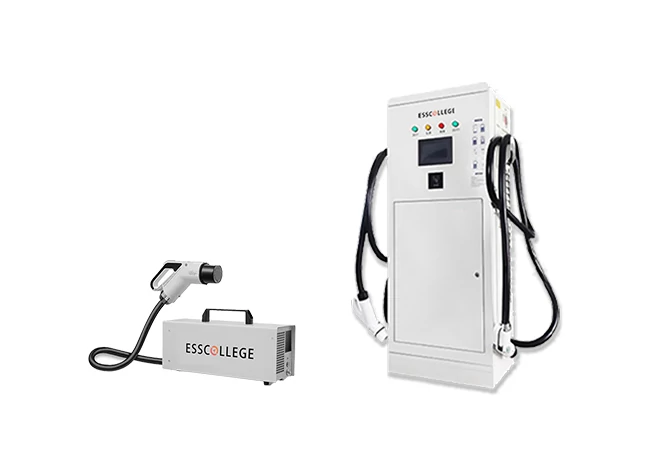
DC CHARGING PIlE SERIES
DC charging pile is an efficient charging facility for electric vehicles, which uses direct current (DC) to directly charge the vehicle battery, significantly reducing the charging time. Compared with traditional AC charging piles, DC charging piles are able to provide higher power output and can usually charge an EV to 80% of its capacity in 30 minutes, providing users with a convenient charging experience.
Extended reading
LED indication of charge control chip
LED indication of charge control chip The LED indicator function...
Introduction to Residual Current Device of DC charging pile
Introduction to Residual Current Device of DC charging pile Leakage...
Buffer of DC charging pile communication interface chip
Buffer of DC charging pile communication interface chip Main component...
Introduction of electric motor drive in electronic locking mechanism of gun muzzle of DC charging pile
Introduction of electric motor drive in electronic locking mechanism of...
Data Formats in DC Charging Pile Communication Charging Module
Data Formats in DC Charging Pile Communication Charging Module Main...
THE ESSC Brand promise
Global supply
Our products sell well all over the world, covering many countries and regions, through the global logistics network, to provide customers with convenient purchasing experience.
Rigorous quality
We adhere to the highest quality control standards to ensure every product meets industry regulations and customer expectations, earning trust through consistent excellence.
Excellent service
With a customer-centric approach, we provide prompt responses, professional support, and personalized services, aiming to deliver the best user experience and long-term value.
